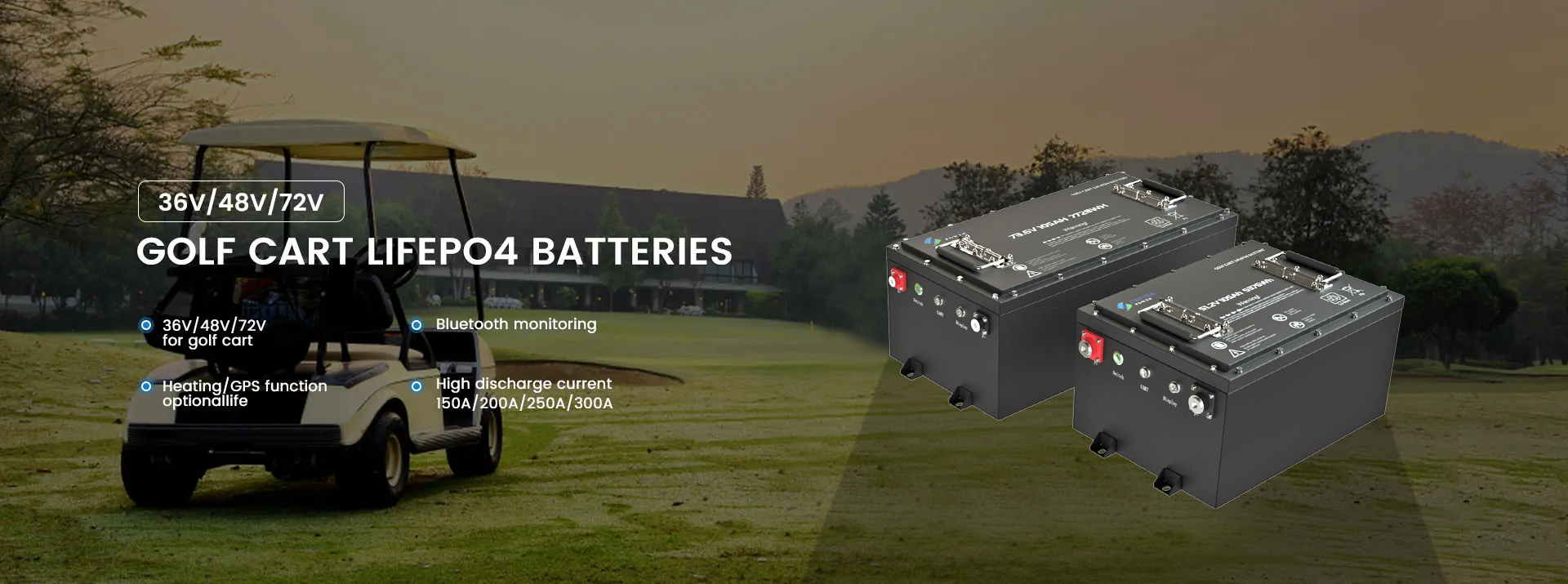
The duration an RV battery lasts while boondocking depends on several factors, including battery capacity, type, the efficiency of appliances, and how much power is used. Here's a breakdown to help estimate:
1. Battery Type and Capacity
- Lead-Acid (AGM or Flooded): Typically, you don’t want to discharge lead-acid batteries more than 50%, so if you have a 100Ah lead-acid battery, you’ll only use around 50Ah before needing a recharge.
- Lithium-Iron Phosphate (LiFePO4): These batteries allow deeper discharge (up to 80-100%), so a 100Ah LiFePO4 battery can provide nearly the full 100Ah. This makes them a popular choice for longer boondocking periods.
2. Typical Power Consumption
- Basic RV Needs (lights, water pump, small fan, phone charging): Generally, this requires about 20-40Ah per day.
- Moderate Use (laptop, more lights, occasional small appliances): Can use 50-100Ah per day.
- High Power Use (TV, microwave, electric cooking appliances): May use over 100Ah per day, especially if you’re using heating or cooling.
3. Estimating Days of Power
- For example, with a 200Ah lithium battery and moderate use (60Ah per day), you could boondock for about 3-4 days before recharging.
- A solar setup can extend this time significantly, as it can recharge the battery daily depending on sunlight and panel capacity.
4. Ways to Extend Battery Life
- Solar Panels: Adding solar panels can keep your battery charged daily, especially in sunny locations.
- Energy-Efficient Appliances: LED lights, energy-efficient fans, and low-wattage devices reduce power drain.
- Inverter Use: Minimize using high-wattage inverters if possible, as these can drain the battery faster.

Post time: Nov-04-2024





